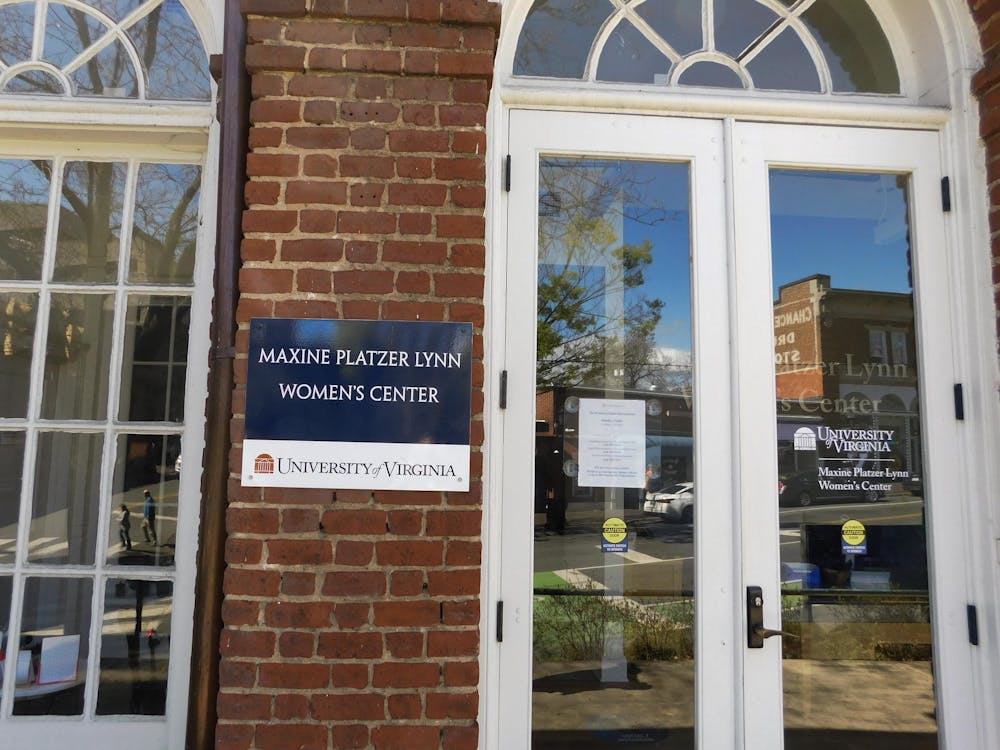U.Va. Students United, an on-Grounds student coalition dedicated to student activism, had its first interest meeting of the semester Tuesday to discuss issues ranging from AccessUVa funding to minority student representation at the University.
Claire Wyatt, a 2013 graduate of the College, opened the meeting by explaining the group’s general mission and reasons for forming.
“We started last spring,” Wyatt said. “Lots of immediate issues had arisen, such as AccessUVa.”
She noted tuition at the University has doubled in the past 10 years and there has been a major decline in the presence of minority students at the University. She also said the group is concerned with living wages for University service employees.
Fourth-year College Student Rosa Waters spoke specifically about the U.Va. Students United’s desire to reverse the changes made a year ago to AccessUVa which eliminated all-grant aid packages, previously offered to students in the lowest income bracket.
“Our primary goal concerning AccessUVa is to see the University reinstate its commitment to the no-loan policy by the end of this year,” Waters said. “Donors shouldn’t be running the University, students should.”
She said Board of Visitors member John Griffin’s $4 million challenge grant for AccessUVa is positive, but said there is still work to be done.
“This is a step in the right direction,” said Waters. “But we are working towards full institutional support of AccessUVa’s no-loan policy.”
Fourth-year College student Tina Mensa-Kwao and fourth-year Education student Ryland Richardson spearheaded a discussion on race at the meeting.
“U.Va. started with slaves at the University, and when those slaves were released from slavery, they still worked for U.Va. and lived in Charlottesville,” Richardson said. “A lot of those people still worked service jobs at the University, they just got paid for it. So the history of service workers being primarily African-American has been kind of an institution at U.Va., and has continued for a very long time.”
Mensa-Kwao said she wants the group to explore the reasons behind low minority enrollment at the University, particularly for African-American students.
“Racial discrepancies that are found in Charlottesville are also found at U.Va.,” she said.
The group also expressed a desire to address issues of stratification between University students and members of the Charlottesville community. Fourth-year Education student Ashley Blackwell raised this concern with a discussion about new off-Grounds housing developments for students.
“Off-Grounds student housing projects limits affordable housing that Charlottesville can provide to residents,” Blackwell said. “This housing pushes out lower income, predominantly African-American, residents.”
Blackwell said new University buildings in Charlottesville are contributing to the gentrification of the community at large, as well as to the idea that the town itself is separate from the University.
“We always hear the term ‘townie’ used in a derogatory way by students,” Blackwell said. She said students are not doing their part as members of the larger community of Charlottesville.
The group announced they will be meeting outside of the Special Collections Library on Friday at 12:45 p.m. to attend the Board of Visitors meeting.
Wyatt urged everyone in attendance to spread the word about the meeting and U.Va. Students United’s mission and goals for the University in the coming year.
The group will meet every Tuesday at 7 p.m. in Alderman 423.






